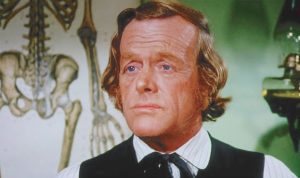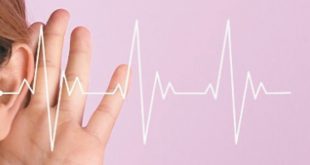

Imagine, if you will, a time not too long ago when the local doctor was not just a medical professional but also a pillar of the community. Think of Dr. Baker, the quintessential physician in Walnut Grove, who knew every patient’s history without needing electronic charts or a string of specialists. Dr. Baker didn’t just treat diseases; he knew the human stories behind them.
During such times, a visit to the doctor was not a rushed affair confined to sterile white rooms. It was an experience. The doctor had the luxury of time, listening intently to the tales of woe, understanding not just the ailment but the entire being. Such physicians had the unique advantage of diagnosing not just through clinical symptoms but by weaving together the narrative of the patient’s life.
But as with everything, time and progress brought change. The industrialization and urbanization of society led to a surge in populations. Medical advances were meteoric, with new technologies, drugs, and treatments emerging rapidly. Medicine shifted from the home visits of Dr. Baker to vast hospitals and specialized institutions. This progression was undoubtedly beneficial, making treatments more efficient and specialized, but it had a cost. The intimacy and deep understanding of the patient-doctor relationship started to wane. The era of personal touch was being replaced by quick diagnostics and treatment plans.
Modern-day healthcare, especially in bustling cities, often paints a picture of hurried doctors moving from one room to another, barely sparing a few minutes per patient. The scenario of a patient visit, where a physician has barely three minutes to look at you or your chart, is not an exaggeration but a reality many face. The corporatization of healthcare, with decisions often made in boardrooms rather than by individual physicians, has led to a factory-like approach to treating patients.
Patients began to feel unheard, their narratives reduced to mere codes on insurance forms. They became numbers in a system, rather than individuals with unique stories and needs. It was in this space, where mainstream medicine was leaving gaps, that alternative therapies found their niche.
Alternative medicine, encompassing practices ranging from homeopathy to chiropractic, offered what modern medicine seemed to lack – a listening ear. These therapies, often rooted in ancient traditions, place significant importance on the holistic well-being of the individual. Here, patients found practitioners willing to spend time understanding their ailments, looking beyond the symptoms to the underlying causes.
It’s crucial to note that this is not to discredit the undeniable successes and advances of mainstream medicine. From eradicating diseases to surgical innovations, modern medicine has given us longer and healthier lives. But the heart yearns for connection, understanding, and being seen as more than just a collection of symptoms. That’s the realm where alternative therapies have stepped in.
The drift towards alternative medicines also has another dimension – empowerment. With mainstream medicine becoming increasingly inaccessible to many due to high costs or convoluted insurance processes, alternative therapies offer control. They provide the patient with the power to be proactive about their health, often emphasizing preventive measures and lifestyle changes.
While skeptics remain, and it’s essential to approach any form of treatment with caution and research, the crux of the matter is choice. Patients today are no longer content with being passive recipients of care. They want to be active participants, understanding their health and the choices available to them.
In this evolving landscape, the ideal future might be one of integration. A world where the precision and advancements of mainstream medicine blend seamlessly with the holistic and patient-focused approach of alternative therapies. As patients, we don’t necessarily want to choose between Doc Baker and a state-of-the-art hospital. We want the best of both worlds.
In conclusion, the dance between mainstream medicine and alternative therapies is an ongoing one. It’s a dance of progress, of understanding, of listening, and most importantly, of healing. It’s a reminder that while medicine evolves, the core of healthcare should always remain the same – the well-being and dignity of the individual.
Straight to Health
(239) 202-0999 | StraightToHealth.com
In times when you feel like a whisper lost in the din, or when other treatments seem to falter, fear not, for there remains a beacon of hope. Dr. Danielle Zappile, reminiscent of the attentive and compassionate approach of our beloved Dr. Hiram Baker, grants you the invaluable gift of time. With a meticulous eye, she delves deep, seeking the very roots of your ailment and keeping you informed along the way, all the while offering genuine health CARE. So, if you yearn for the comforting embrace of old-world medical attention combined with the marvels of modern technology, entrust yourself to the capable hands of Dr. Zappile. We like to call her “Doc Z”. Alongside her dedicated team at Straight To Health Center, she presents a heartfelt and, dare I say, almost nostalgic alternative to your health concerns with the most innovative technologies.
 Southwest Florida's Health and Wellness Magazine Health and Wellness Articles
Southwest Florida's Health and Wellness Magazine Health and Wellness Articles

